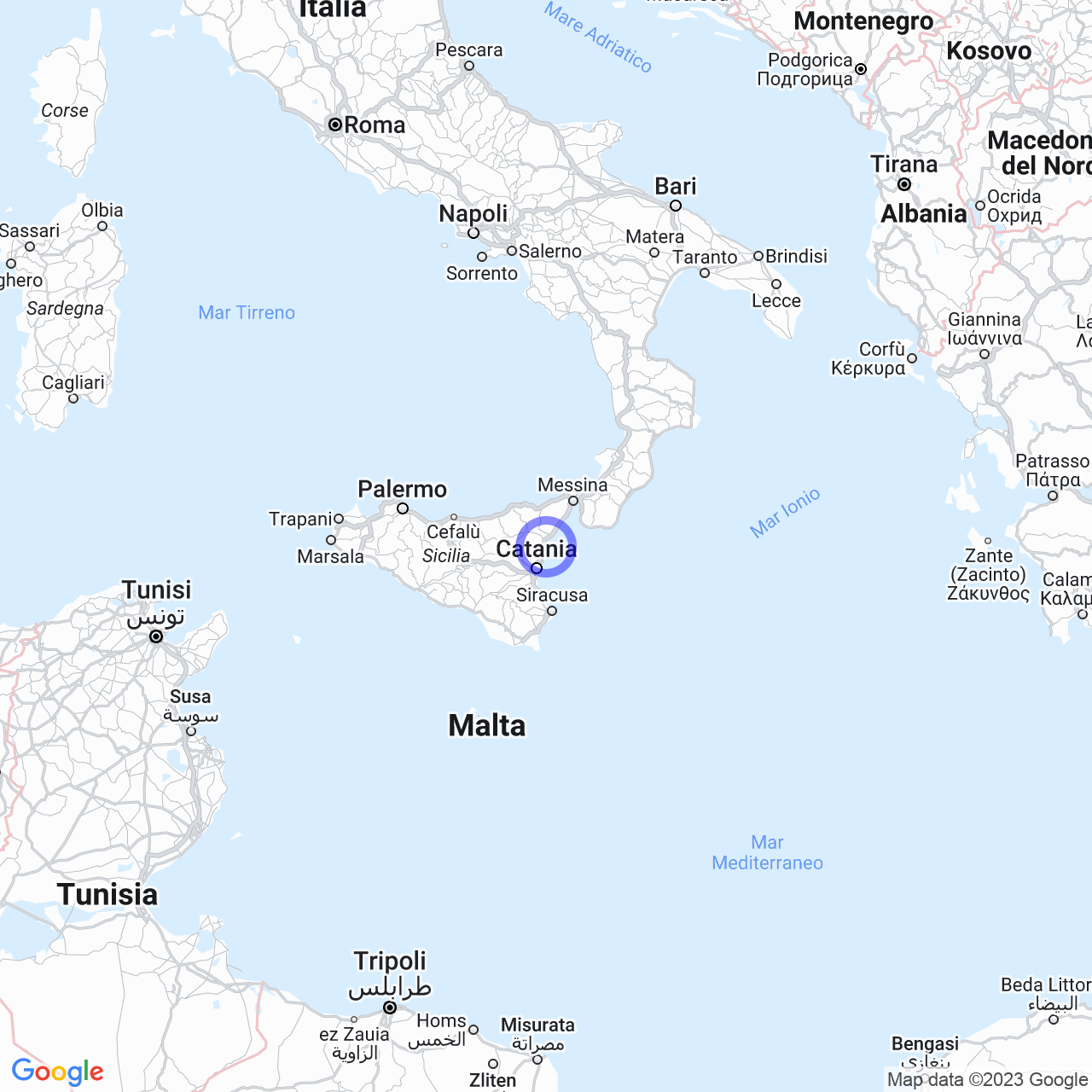Riposto
History
Ionia was the name of a Municipality (Italy) that existed from 1939 until 1945 when it was split into the municipalities of Giarre and Riposto. The municipality of Ionia was created by fascism in 1939 by unifying the previously separated municipalities of Giarre and Riposto, which had split in 1841. In 1936, the planned industrial zone outlined in the 1920 regulatory plan could only be partially realized. From then on, Riposto's economic conditions collapsed with agriculture, industry, and the port nearly disappearing. Political activity in Riposto during this time focused on Domenico Achille Arcidiacono, a seasoned captain from an important family in Riposto.
The Undersecretary's Intentions and the Merger of the Municipalities
When Arcidiacono was elected undersecretary of Merchant Navy in the XXIX legislature of Italy's Kingdom, it seemed that Riposto could finally see better conditions. However, proposals for financial aid for Riposto were not considered. Therefore, Arcidiacono teamed up with the mayor of Giarre at the time, Giuseppe Vasta Parisi, to promote the merger of Giarre and Riposto into a single municipality called Jonia. The goal was to create a single city since the two centers were contiguous and developed along a common urban road axis, Via Nuova (today's Corso Italia). The new city covered an area of 16.68 km², had an overall density of 752 inhabitants per km², and was composed of the following centers: Jonia (Giarre) and Jonia Marina (Riposto), with a population of 17,778 inhabitants; Macchia, 2,250 inhabitants; San Giovanni Montebello, 1,161 inhabitants; Torre Archirafi, 830 inhabitants; Trepunti, 320 inhabitants; Carruba, 271 inhabitants.

Change of Name and Controversy
In 1942, the municipality of Giarre Riposto changed its name to Ionia. Due to controversies over the centralization of public services in Giarre (but actually due to different origins and social backgrounds of the population of the two main centers), the two centers, which had different economic vocations - maritime for Riposto and agricultural for Giarre - separated again in 1945, at the end of World War II, mainly due to strong pressure from the Riposto center.
In the end, the history of Ionia represents the fascist government's desire to unify two municipalities, Giarre and Riposto, which generated controversy over the distribution of public services. However, what remains important, in addition to the history itself, is the documentation of what happened and the fact that these municipalities have managed to overcome even difficult times, such as those of the post-war period, by returning to their original vocations.
